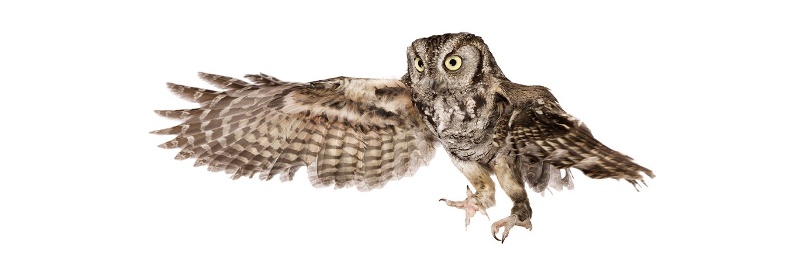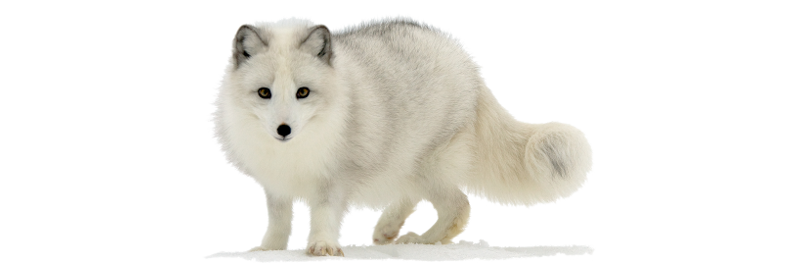
Leaf-nosed snake(Langaha madagascariensis)
Phylum —chordata
Class — reptilia
Order — squamata
Family — lamprophiidae
Genus –langaha
Appearance
Leaf-nosed snakes can grow up to 1 meter in length. There is considerable sexual dimorphism within the species; the males are dorsally brown and ventrally yellow with a long tapering snout, while the females are mottled grey with a flattened, leaf shaped snout. The function of their appendage is unknown, but obviously also serves as camouflage.
Habitat
It is endemic to Madagascar and found in deciduous dry forests and rain forests, often in vegetation 1.5 to 2 meters above the ground.
Behavior
It is largely a sit-and-wait predator. It may show curious resting behavior, hanging straight down from a branch.
It also exhibits hooding while stalking prey. These hooding and swaying behaviors along with its cryptic color patterns, might allow leaf-nosed snaketo mimic a vine swaying in the wind.
Leaf-nosed snakes are generally calm and reluctant to bite unless provoked. Envenomation by the snake causes severe pain in humans, but is not deadly.
Diet
Prey items include arboreal and terrestrial lizards.
Reproduction
At the beginning of the rainy season the males look for females to matewith. A female lays between five and ten eggs per clutch, and she canproduce several of them in each rainy season. The soft-shelled, elongatedeggs are laid glued together in the foliage and are no longer noticed bythe female. After approximately two months, the young leaf-nosed snakeshatch in the darkness of the night. The small leaf-nosed snakes weigh barely two grams after hatching, butimmediately feed themselves independently and protect themselves fromlarger snakes and prey grabs by staying on particularly thin branches.
Already as young animals, leaf-nosed snakes show a peculiar resting behavior: They hang upside down from a branch, and then resemblevery much the long seeds of some native plants in Madagascar. However,the exact purpose of this behavior is as yet unexplored as is the peculiarnasal process.
Incaptivity
You can maintain these snakes easily. They are wonderful to observe and feed.
The lifespan of the snake is around 3 years. They thrive well in captivity and they do not seem to be bothered by parasites.
For the snake’s enclosure, you can try using a 40 gallon tank equipped with screen tops, live plants and branches along with garden soil for substrate.
Leaf-nosed snakes need no large cages. But, they need a lot of security and cover. So, provide branches and plants in the enclosure. You can mist the cages daily and keep them well-lighted.
You can keep them at room temperature. The basking temperature can be around 80 degrees F. Since they inhabit both rain forests and deciduous dry forests, with extended dry spells, their requirements oh humidity may not be consistent.
These snakes will do well in captivity as long as they get enough water and humidity. They may lick droplets, or drink from the water bowl. The humidity can be 60 to 70%.
You can feed them with house geckos and Anoles two times a week. You may not get to see them eat, but the preys disappear in a couple of days. Try keeping a pair of these snakes and feed them a few geckos. Most geckos vanish in day one itself.
Use heavy duty gloves to handle these snakes. They are not very aggressive. But they do bite, but seldom.
 Russian
Russian
 English
English
























